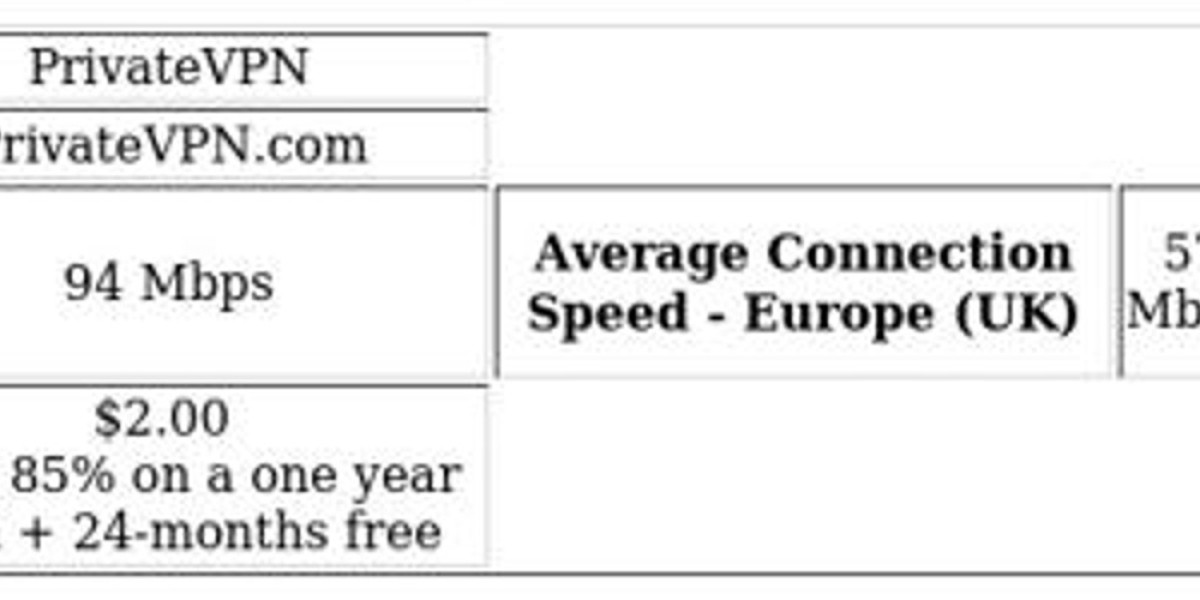Programmable Robots: Powering the Future of Automation and Education
In today’s rapidly evolving technological landscape, programmable robots are not just machines—they’re the architects of innovation across industries and classrooms alike. With the ability to be customized through code, these robots are playing a pivotal role in automation, education, research, and entertainment.
? What Are Programmable Robots?
Programmable robots are robotic systems that can be coded to perform specific tasks, behaviors, or workflows. These robots are typically equipped with sensors, actuators, microcontrollers, and software that allow them to interact with the environment and respond to commands.
From small educational robots that help students learn coding to industrial arms managing complex assembly lines, programmable robots come in all shapes and levels of sophistication.
? Industrial Applications: Smarter Automation
Programmable robots are central to Industry 4.0, where manufacturing demands flexibility, precision, and efficiency. Unlike traditional robots with fixed instructions, programmable robots offer:
Customizability: Adapt to changing workflows and product designs.
Precision & Consistency: Execute high-volume, error-free tasks.
Scalability: Easily reprogrammed for new tasks or processes.
Example Use Cases:
Automotive assembly
Packaging and palletizing
Electronics testing
Quality inspection using computer vision
? Transforming Education with Hands-On Learning
In education, programmable robots are reshaping how students learn science, technology, engineering, and math (STEM).
Key Benefits:
Interactive Coding Skills: Teach logic, sequencing, and problem-solving.
Project-Based Learning: Encourage creativity and experimentation.
Real-World Skills: Familiarize students with robotics, AI, and automation concepts.
Popular Educational Robots: LEGO® Mindstorms, VEX Robotics, mBot, and Sphero.
? How Programmable Robots Work
Input: Sensors collect data from the environment (e.g., temperature, distance, light).
Processing: A microcontroller or onboard computer interprets the data using programmed logic.
Output: The robot performs an action—moving, responding, alerting—based on the code.
Programming can be done in languages ranging from block-based (like Scratch) for beginners to Python, C++, or ROS (Robot Operating System) for advanced users.
? Emerging Trends and Innovations
AI-Enabled Robots: Combining programming with machine learning for adaptive decision-making.
Modular Robotics: Customizable robots with interchangeable components.
Cloud-Based Control: Programming and controlling robots remotely via IoT platforms.
Open-Source Robotics: Communities sharing code and hardware for innovation.
? Challenges to Consider
While programmable robots offer immense opportunities, challenges include:
High upfront costs for advanced systems
Cybersecurity risks in connected environments
Skills gaps in programming and robotics expertise
Integration complexities with legacy systems
✅ Conclusion
Programmable robots are redefining the possibilities in both automation and education. As their capabilities grow and accessibility improves, they will continue to serve as vital tools in preparing our future workforce, streamlining production, and driving innovation. Whether in a smart factory or a coding classroom, programmable robots are not just learning tools or machines—they are catalysts for progress.
Read More
| Printed And Flexible Sensor Market |
| Professional Portable Audio System Market |
| Projection Mapping Market |
| Safety Limit Switches Market |
| Satellite Modem Market |
| Seismic Sensor Market |








